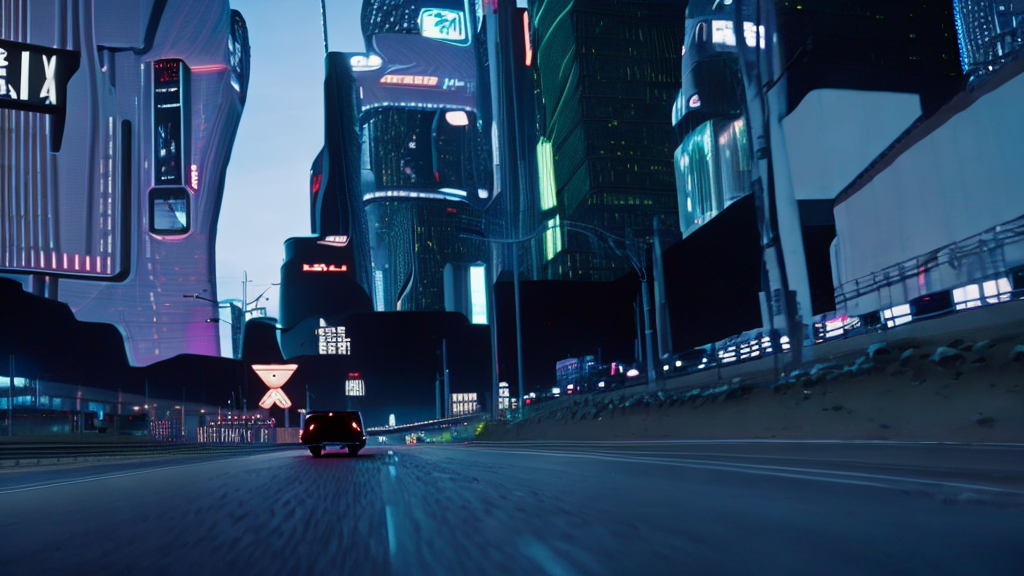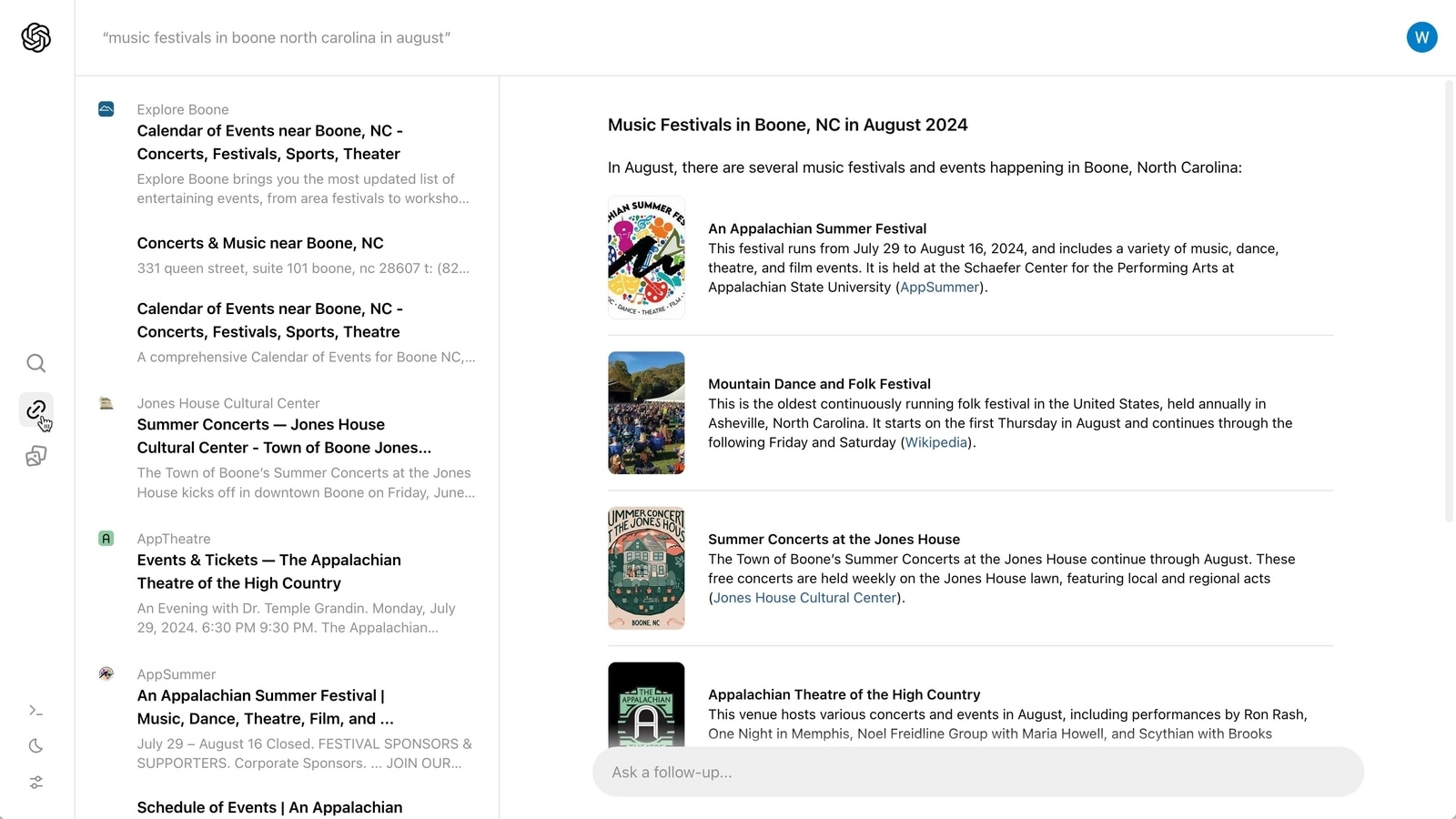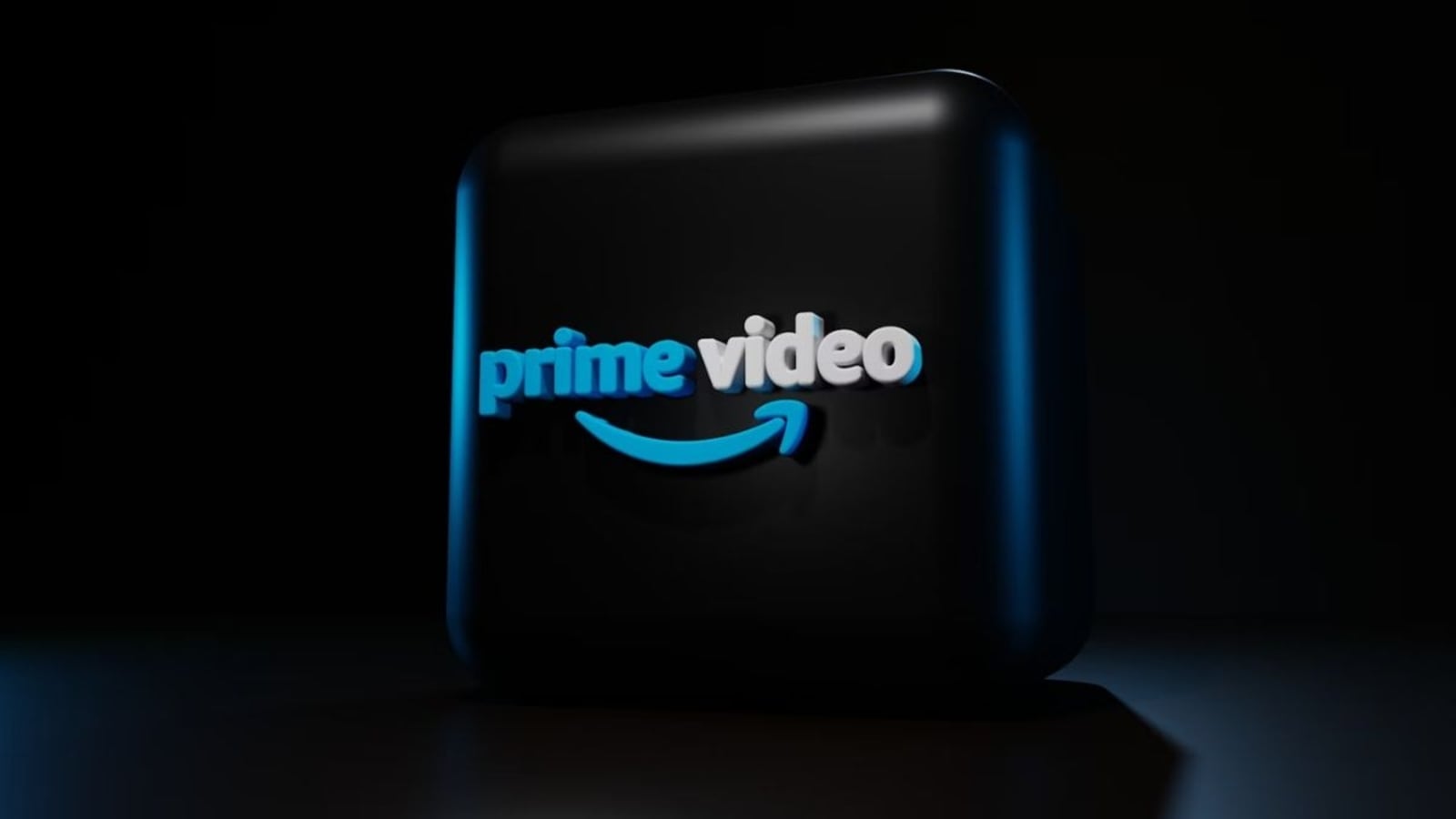In an unprecedented series of events, a next-generation open-source AI model called Zeroscope has been put out in the market with the ability to run state-of-the-art text-to-video service on modern-day graphics cards available to users at comparatively much cheaper costs. China’s Modelscope-owned Zeroscope aims to revolutionize media and video creation by unlocking a new spectrum of AI use cases.
It is important to understand the functional components of Zeroscope to understand how it is revolutionizing the field of video generation via text. What makes this open-sourced model stand out is its two key components, Zeroscope V2 and Zeroscope V2XL; Zeroscope_v2 567w, designed for rapid content creation in a resolution of 576×320 pixels to explore video concepts. Quality videos can then be upscaled to a “high definition” resolution of 1024×576 using zeroscope_v2_XL, So a user can rapidly create videos using ZeroScope V2 and then upscale them with V2XL.
In addition to that, Zeroscope’s requirements are surprisingly manageable due to the multi-level model’s 1.7 billion parameters. Zeroscope operates with the VRAM requirements of 7.9 Gigabytes at the lower resolution and 15.3 Gigabytes at the higher. The smaller model is built to be executable on many standard graphic cards, which makes it accessible to a wider and more general user base.
Zeroscope has been strategically trained with offset noise on almost 10,000 clips and nearly 30,000 tallied frames, each comprising frames. This unconventional set of actions unlocks new opportunities and possibilities for Zeroscope. With the introduction of variations such as random shifts of objects, slight changes in frame timings, and minor distortions, the model improves its understanding of the data distribution, which helps the model to generate more realistic at diverse scales and effectively interpret the nuanced variations in text descriptions. With all these features, Zerscope is quickly on the way to becoming a worthy contender of Runway, which is a commercial text-to-video model provider.
Text to video is as a field is a work in progress, as video clips that are generated tend to be shorter and laden with some visual shortcomings. However, if we look at the track record of Image AI models, they, too, suffered from similar challenges before they achieved a state to attain photo-realistic quality. The main challenge is that video generation demands significantly more resources at both the training and generation phases.
Zeroscope’s emergence as a powerful text-to-video model paves the way for many new digital advancements and use cases, such as:
- Personalized Gaming, VR, and Metaverse: Zeroscope’s transformation capability can redefine storytelling in video games. Players can influence cut scenes and gameplay in real-time through their words, enabling unimaginable interaction and personalization. Additionally, game developers can rapidly prototype and visualize game scenes, accelerating development.
- Personalized Movies: Zeroscope’s technology disrupts the media industry by generating individualized content based on user descriptions. Users can input storyline or scene descriptions and have personalized videos created in response. This feature allows for active viewer participation and opens avenues for custom content creation, such as personalized video advertisements or user-tailored movie scenes.
- Synthetic Creators: Zeroscope paves the way for a new generation of creators who rely on AI to write, produce, and edit their ideas into reality. It removes technical skill set barriers in video creation and has the potential to establish a new standard for automated, high-quality video content. The line between human and AI creators blurs, expanding the landscape of creativity.
Zeroscope is as intended, a lightweight breakthrough model that can be easily fine-tuned and does not require special resources setup, which makes it not only a tool that multiple general audiences can use but many new emerging researchers that lack the resources of a big lab, can now work with such algorithms to understand them better and to evolve this whole field in a better way at reasonable costing. Seeing how tough competition will inspire Zeroscope creators to innovate and grab a strong market position would be amazing.
Check Out The 567w and Zeroscope v2 XL on Hugging Face. Based on this reference article. Don’t forget to join our 25k+ ML SubReddit, Discord Channel, and Email Newsletter, where we share the latest AI research news, cool AI projects, and more. If you have any questions regarding the above article or if we missed anything, feel free to email us at Asif@marktechpost.com
Featured Tools:
🚀 Check Out 100’s AI Tools in AI Tools Club
Anant is a Computer science engineer currently working as a data scientist with experience in Finance and AI products as a service. He is keen to build AI-powered solutions that create better data points and solve daily life problems in an impactful and efficient way.










